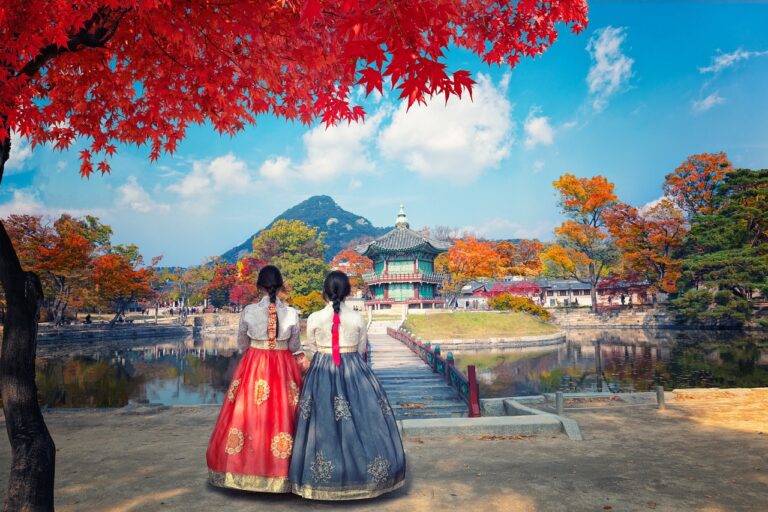Exploring Urban Art and Street Culture
Urban art and traditional art are two distinct forms of artistic expression that hold unique characteristics and appeal to different audiences. Urban art, often found in public spaces and on the streets, embraces a raw and unfiltered aesthetic that challenges traditional ideas of beauty and technique. Graffiti, murals, and street installations are common forms of urban art that seek to spark conversations about social issues, politics, and cultural identity.
On the other hand, traditional art is rooted in classical techniques and styles that have been passed down through generations. Oil paintings, sculptures, and watercolors are examples of traditional art forms that prioritize skill, precision, and craftsmanship. Often displayed in galleries, museums, and private collections, traditional art is valued for its ability to evoke emotion, tell stories, and showcase the artist’s mastery of their craft.
The Evolution of Street Culture Around the World
The rise of street culture has become a global phenomenon, with various urban centers showcasing unique expressions of art, music, and fashion. From the vibrant street art murals adorning the walls of New York City to the rhythmic beats of underground music scenes in Tokyo, street culture continues to captivate audiences across the world.
In recent decades, the evolution of street culture has transcended geographical boundaries, blending diverse influences and perspectives to create a dynamic tapestry of creativity. This cultural fusion has led to the emergence of innovative trends and subcultures that celebrate individuality and self-expression, shaping the identity of communities and cities on a global scale.
What is the difference between urban art and traditional art?
Urban art, also known as street art, is typically created in public spaces using non-traditional materials like spray paint, while traditional art is usually created in a studio using more traditional materials.
How has street culture evolved around the world?
Street culture has evolved from being seen as vandalism to being recognized as a legitimate form of artistic expression. Artists from diverse backgrounds and cultures have contributed to the global street art movement.
How has social media influenced the spread of street culture?
Social media has played a significant role in the spread of street culture by allowing artists to share their work with a global audience. Platforms like Instagram and Facebook have helped street artists gain recognition and connect with other artists around the world.
What impact has street culture had on mainstream culture?
Street culture has had a significant impact on mainstream culture, influencing fashion, music, and art. Brands often collaborate with street artists to create limited-edition collections, and street culture has become a source of inspiration for designers and creatives in various industries.





